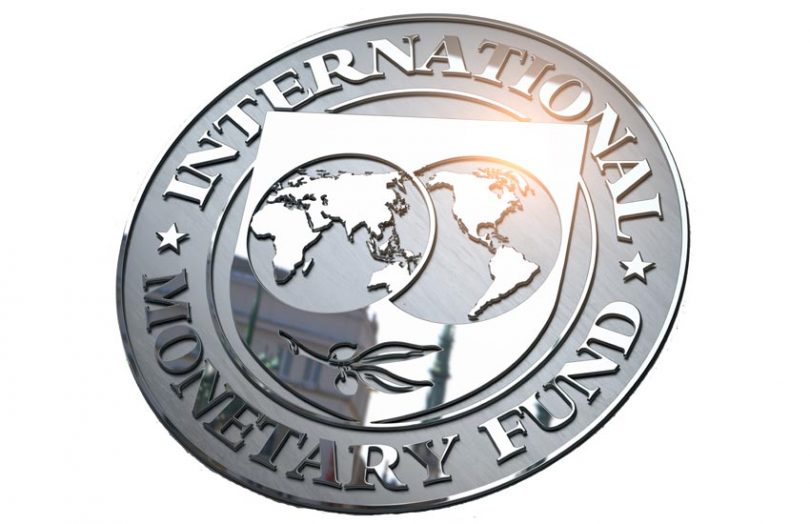Last week, the International Monetary Fund (IMF) published a recent speech about Central Bank Digital Currency (CBDC) made by Deputy Managing Director Tao Zhang at the London School of Economics. Zhang was with the People’s Bank of China, before joining the IMF.
The IMF executive referred to the Bank for International Settlements (BIS) survey, which showed that 80% of central banks are exploring CBDC at some level.
He provided a succinct outline of the pros and cons of digital currency. A key highlight of his speech was his discussion around the often quoted argument that a CBDC could encourage bank runs.
In the event of a bank run, a CBDC could make the situation worse if everyone switches deposits to a CBDC. But Zhang noted that adequate deposit insurance should dissuade runs. Potentially a CBDC might make it easier for a central bank to respond to liquidity needs if there were a run.
However, bank runs are often in tandem with a run from a currency, and independent of a CBDC, depositors could flee to a foreign currency. What Zhang did not mention is that if many currencies have CBDCs, that switch could be relatively frictionless.
The CBDC advantages
In terms of advantages, the first one is the potential for a more efficient payment system where the cost of managing cash is high. Secondly, there’s the opportunity to enhance financial inclusion because there’s no need for consumers to have a bank account to hold CBDC.
A CBDC could lower barriers to entry for new firms in the payments sector. While he didn’t name firms, Alipay and WeChat Pay dominate in China, and Sweden’s Swish founded by six large Swedish banks is even more concentrated. Others have raised concerns over concentration relating to a lack of competition but also a potential single point of failure.
A CBDC has the potential to enhance the transmission of monetary policy. And finally, Zhang outlined the need to address private digital currencies, and a CBDC would counter the many stable coin initiatives. That would include Facebook’s Libra.
What are the disadvantages?
Zhang went on to outline potential downsides from a CBDC. The most often referenced one is the disintermediation of commercial banks if consumers move money from bank accounts into CBDC. This could start a vicious cycle as banks raise deposit rates to attract more money. In turn, this means less bank credit extended at higher interest rates.
Because the CBDC sits on a central bank’s balance sheet, if there’s a high demand for a CBDC, then the balance sheet could grow. Plus, the central bank could need to provide additional liquidity to banks and hence take on credit risk. Zhang’s concern was the decision making to allocate funds across banks could result in political interference.
Zhang highlighted a potential downside that hasn’t been discussed much before: reputational risk for a central bank. This is in part because a CBDC involves many moving parts, and if any suffer glitches, cyber attacks or human error, it could reflect poorly on the central bank.
CBDC’s can’t purely be considered in a domestic context. There are significant potential advantages in cross border transactions. But at the same time, there are risks of dollarization for economies with volatile exchange ranges and high inflation.
Alternatives to a full CBDC
An alternative to a CBDC is a synthetic CBDC or sCBDC in which the private sector issues coins fully backed with central bank reserves. It seems Zhang is not talking about something like the Utility Settlement Coin, which will be backed by commercial bank deposits at the central bank. He means central bank reserves would support the sCBDC.
Numerous countries are exploring CBDC. Some of the larger economies include China, which is rolling out pilots and Sweden’s CBDC project with Accenture. Six large central banks are also exploring CBDC together with the BIS. The Bank of England unveiled its approach a couple of weeks ago, and the ECB has started to publish progress in its tests.






